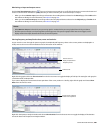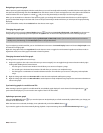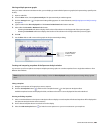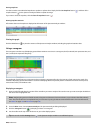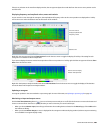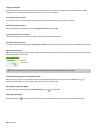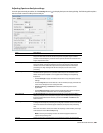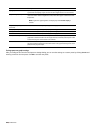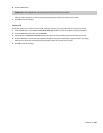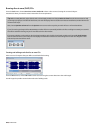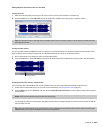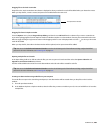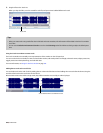
Chapter 20
Burning CDs
You can write audio to CD if your system is configured with a supported CD-R/RW drive and the necessary drivers.
Understanding track-at-once and disc-at-once burning
Sound Forge® Pro software provides two ways to burn audio to a CD: track-at-once and disc-at-once.
Track-at-once
Track-at-once burning records individual tracks to the disc and results in a partially recorded disc. However, the CD remains unplayable
on most systems until you close the disc. The advantage of track-at-once burning is you can record tracks onto the disc as you finish
them versus waiting until you have finished your whole album. Track-at-once writing burns the entire project as a single track.
Disc-at-once (single session or Red Book)
Disc-at-once burning is the most common burning method in the music industry. This writing mode is used when creating a master disc
to be sent to a disc manufacturer for mass replication. Disc-at-once works just as it sounds. Multiple tracks of audio are written to the CD
in one recording session.
Correcting the sample rate for CD burning
Sample rates deviating from 44,100 Hz cause CD track lengths to be miscalculated. When attempting to write a file to CD that deviates
from the 44,100 Hz sample rate, you are prompted to change the sample rate. Selecting Ye s automatically resamples audio to 44,100 Hz.
In addition, you can use the Resample tool to change the sample rate of a file prior to burning the CD. For more information, see
Resample on page 189.
Writing mono tracks to a CD
If you attempt to write mono audio tracks to a CD, you are prompted to create a stereo file by copying the mono data to both channels.
BURNING CDS | 289



